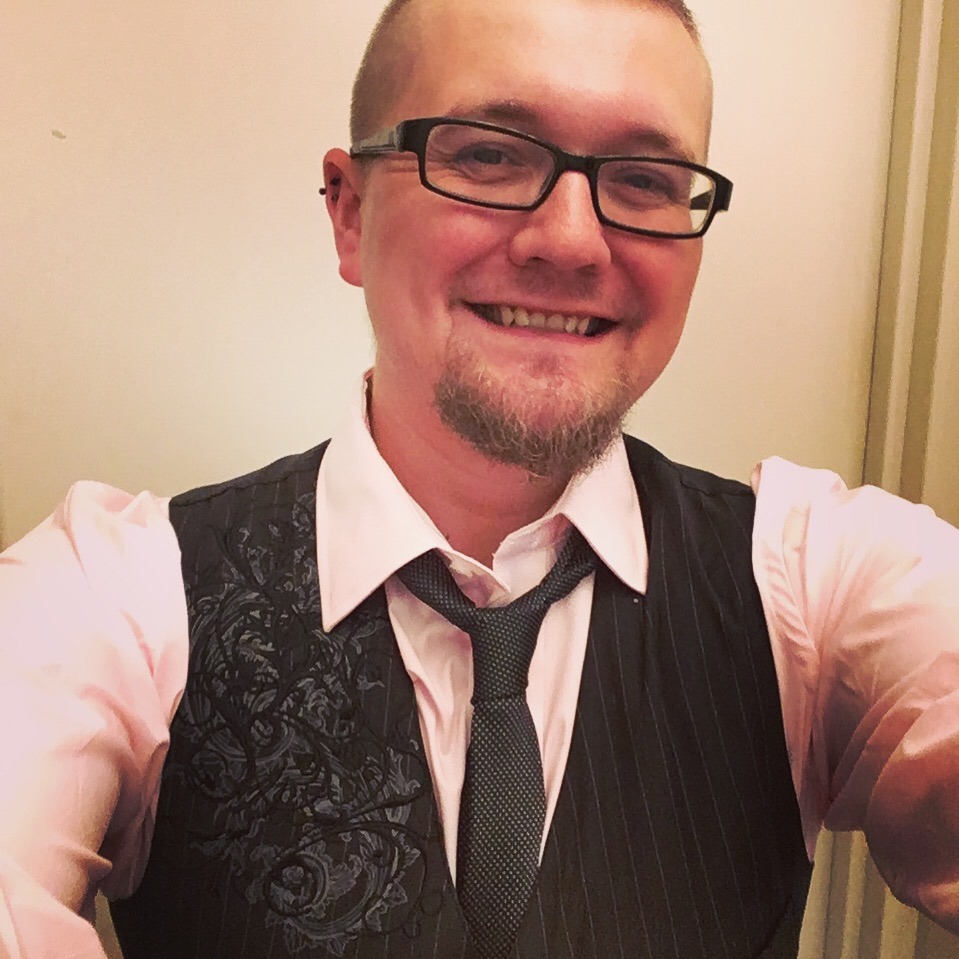Jung
An Author Profile

By Gabriel Blanchard
The greatest disciple and rival to Freud, Jung wedded psychology and spirituality.
❧ Full name and titles: Carl Gustav Jung [käŕł güs-täv yüŋ; see our pronunciation guide for details]
❧ Dates: 26 July 1875-6 June 1961
❧ Areas active: Switzerland; the United States; the German Empire; the United Kingdom; Kenya; Uganda; India
❧ Original language of writing: German
❧ Exemplary or important works: Psychological Types; The Archetypes and the Collective Unconscious; Modern Man in Search of a Soul; Psychology and Alchemy
A few vague-sounding phrases like “Jungian archetype” and “collective unconscious” are familiar to most of us, in a dim sort of way, but a clear grasp of Jung’s thought is less common. Nonetheless, he wields immense influence on art, philosophy, and popular culture—an irony he might take great pleasure in.
The term collective unconscious is a good place to start. Like Freud, Jung spoke of a personal unconscious: a repository of thoughts, feelings, and memories that the conscious mind has forgotten as superfluous, or repressed as unacceptable. The collective unconscious, however, is not an artifact of any individual person’s mind; it is, as the term implies, shared by mankind in general. In the late 1920s, he wrote: “Individual consciousness is anything but a tabula rasa … On the contrary, it is in the highest degree influenced by inherited presuppositions, quite apart from the unavoidable influences exerted upon it by the environment. The collective unconscious comprises in itself the psychic life of our ancestors right back to the earliest beginnings.”
The chief denizens of the collective unconscious, according to Jung, are the archetypes. These are primordial images found all across the world in every age and culture. Specific examples of each archetype take on individual characteristics, but underlying unities can be traced: Andromache in the Iliad, the Chinese goddess Kuan Yin, the Blessed Virgin Mary, and Rose Rivers from The Grapes of Wrath all instantiate the “mother” archetype, for instance, while the “trickster” can be discerned in the stories of the Norse god Loki, the Afro-Caribbean figure of Anansi, Shakespeare’s Puck, and Hershel of Ostropol. The archetypes provide the individual with a kind of grammar by which to understand and articulate their own experience.
Freedom stretches only as far as the limits of our consciousness.
Carl Jung, Paracelsus the Physician
The idea of a shared unconscious may sound mystical (and has been criticized by more science-oriented psychologists for that reason). This did not deter Jung, who took a keen interest in spirituality, and even the paranormal, alongside and in conversation with academic psychology. Where Freud was a scientistic skeptic, Jung was a pantheist and a student of several religious and esoteric traditions, including Gnosticism, Hinduism, Daoism, and even alchemy (interpreted as an allegory of spiritual processes rather than as literally transforming lead into gold).
The common thread he identified in all these traditions was what he called individuation, a kind of journey of realizing innate human potential and thus encountering the divine. This naturally included recognizing, and working through, psychological issues, such as repression and trauma. He laid particular emphasis upon the shadow, the unconscious (and thus “dark”) aspect of the personality. All that the conscious mind rejects or avoids is contained in the shadow, mostly over the process of growing up; the animal instincts, uncomfortable emotions, and so forth. Integrating the psyche means, among other things, at once confronting and embracing one’s shadow. As long as the shadow operates unconsciously, it wreaks havoc. It is especially prone to projection, i.e. a false characterization of other people as reflections of what is in truth one’s own shadow, and to sabotaging the choices of the conscious self (through tactics like strategic forgetting and misinterpreting) in order to satisfy its desires. Only by patiently working to understand and accept what is in the shadow can the conscious mind grow and exert authority over it.
Jung’s influence remains a major influence upon both academic and popular culture. Dr. Jordan Peterson draws heavily upon Jung in his books. Joseph Campbell’s “hero’s journey” theory—a prominent shaper of art and entertainment—builds on the foundation of Jungian archetypes. In the proverbial “Great Conversation,” Jung’s seat at the table is secure.
Every week, we publish a profile of one of the figures from the CLT author bank. For an introduction to classic authors, see our guest post from Keith Nix, founder of the Veritas School in Richmond, VA.
If you liked this post, take a look at some of our other content here at the Journal, like this author profile of Fyodor Dostoevsky, this “Great Conversation” piece on the concept of happiness, or this student essay on myths and fairy tales. And take a listen to our weekly podcast, Anchored, on issues of education and culture.
Gabriel Blanchard is a freelance writer and a staff editor for CLT. He lives in Baltimore.
Note: This author was included in a previous version of the Author Bank, but is not present on the current edition (though passages from his work may still appear on CLT exams). A discussion of the latest revisions to the Bank, courtesy of Dr. Angel Adams Parham, can be found here.